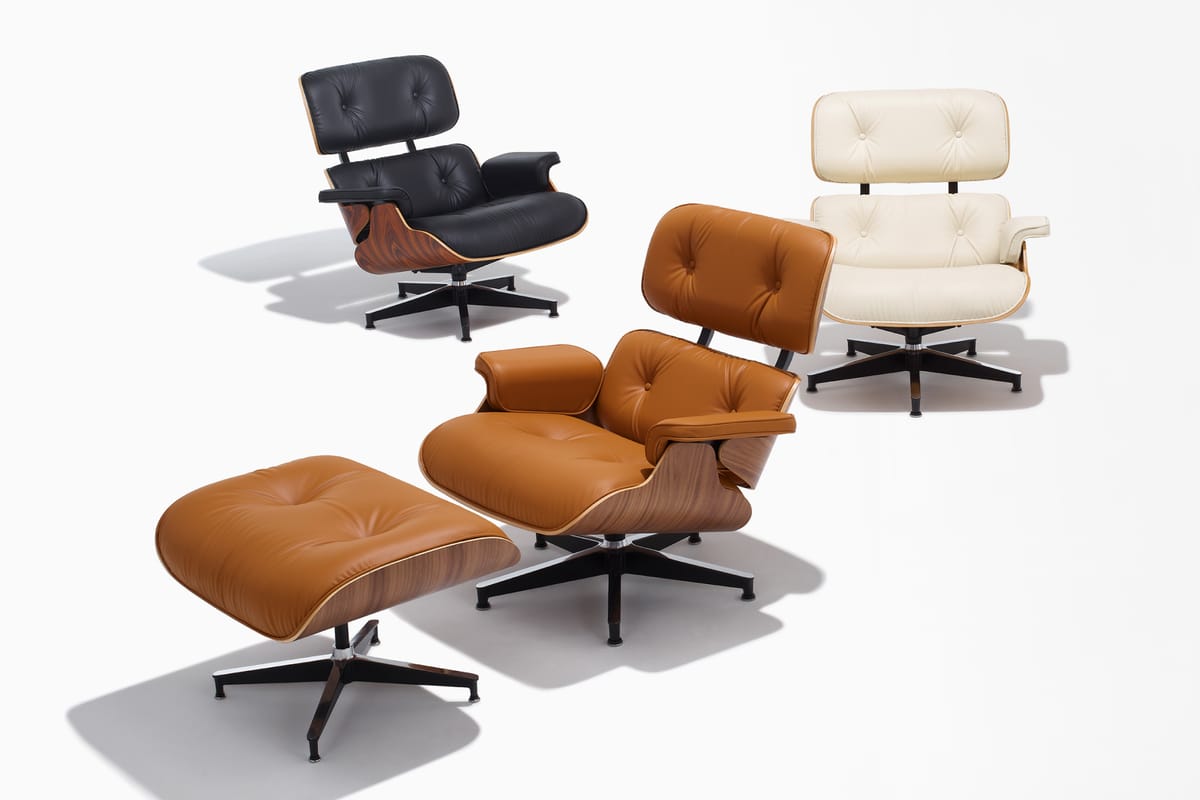Herman Miller's Iconic Eames Chair Gets an Eco-Friendly Upgrade with Plant-Based Upholstery
Discover Herman Miller's Eames Lounge Chair with new Banbū upholstery, a plant-based alternative to leather, reducing its carbon footprint by up to 35%.

For the first time in 68 years, Herman Miller offers its legendary Eames Lounge Chair and Ottoman with a plant-based upholstery option called Banbū. This innovative material, developed by von Holzhausen, looks and feels like leather but is primarily made from bamboo, making it a more sustainable choice.
What Is Banbū?
Banbū, launched in 2020, is a durable alternative to traditional animal leather and plastic-based vegan leathers. Here's how it's made:
- Bamboo is chopped and its fibers extracted.
- The fibers are spun into yarn, which is woven into fabric.
- The fabric is treated with a plant-based topcoat sealant.
According to von Holzhausen, Banbū is as “buttery-soft and smooth as lambskin” and is significantly lighter than cow leather. Plus, it biodegrades in less than 250 days.
Why Bamboo?
Bamboo is a highly renewable resource, growing quickly without the need for fertilizers or irrigation. This allows for sustainable harvesting without deforestation. Herman Miller claims that using Banbū reduces the chair’s carbon footprint by up to 35%. However, von Holzhausen hasn't disclosed the specifics of Banbū's production process, including the environmental impact of breaking down the bamboo.
The Eames Lounge Chair's Environmental Impact
Even with the eco-friendly Banbū upholstery, the Eames Lounge Chair and Ottoman feature complex designs involving layers of wood veneers molded with heat and pressure. If you’re looking for a more environmentally friendly option within the Herman Miller lineup, consider the Eames Molded Plastic Armchair. This chair:
- Uses 100% postindustrial recycled plastic.
- Can be recycled again when you're ready to redecorate.
With Herman Miller's introduction of Banbū, you can now enjoy the luxurious comfort of the Eames Lounge Chair with a clearer conscience. This innovative step forward in sustainable design makes it easier to blend style with eco-conscious living.







